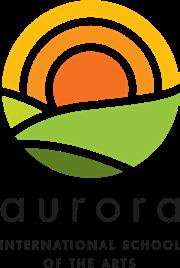
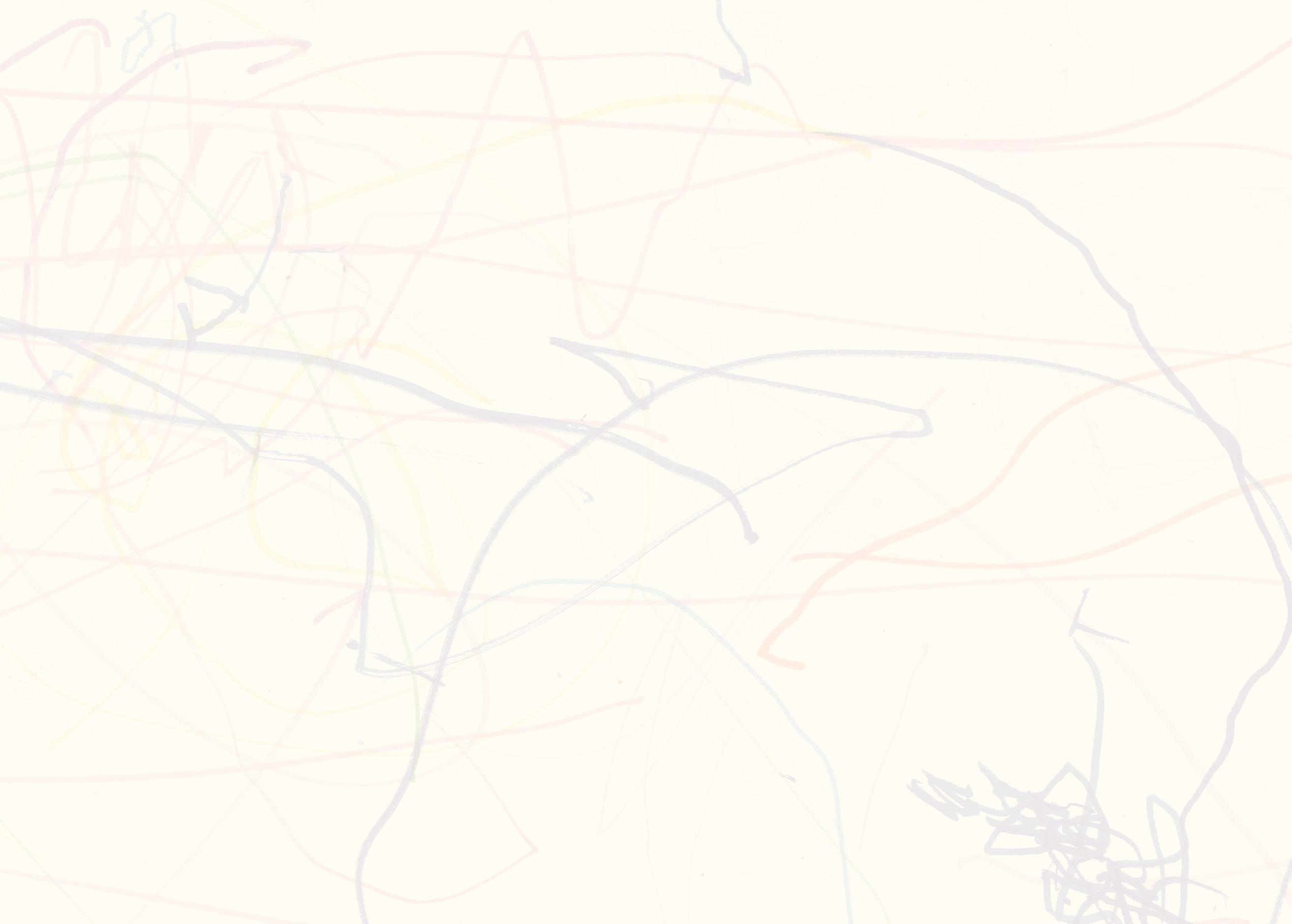
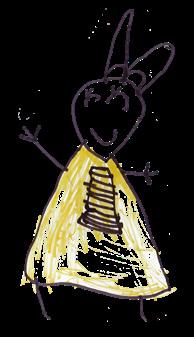




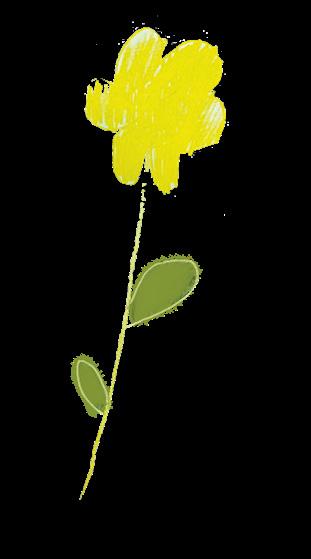


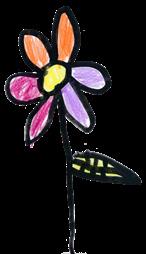
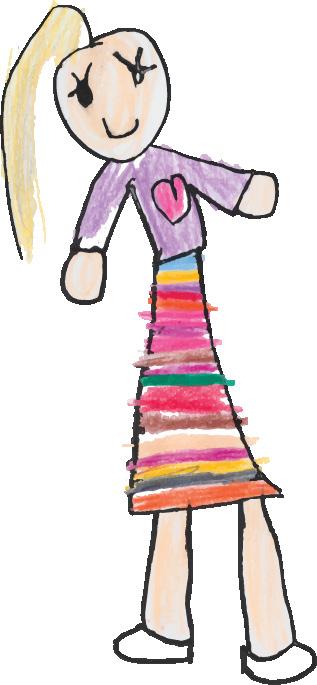

Peer mentorship & collaboration
Joyful engagement & curiosity
Integrated, inquiry-based learning
Respectful, relational teaching
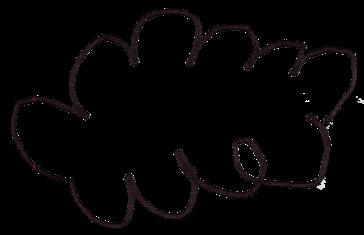

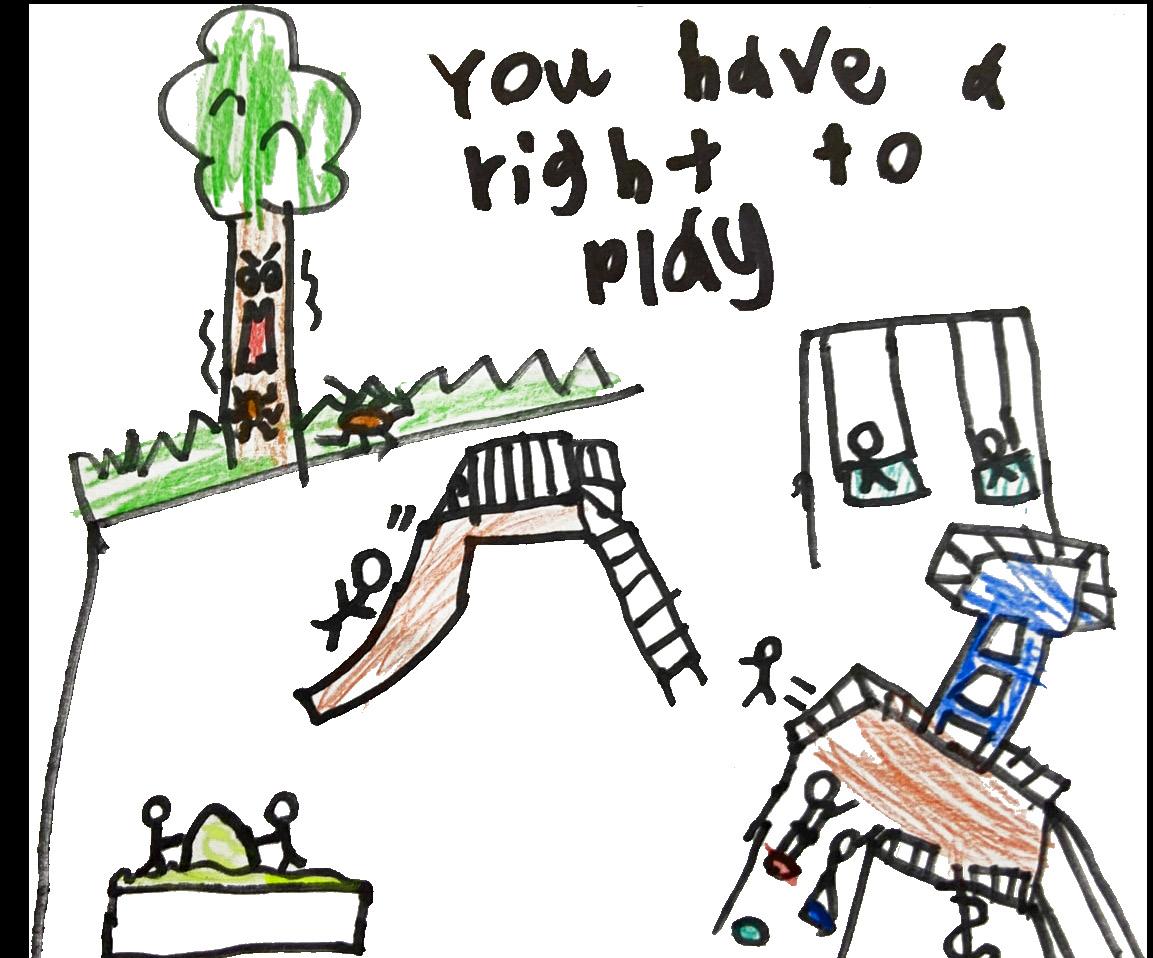
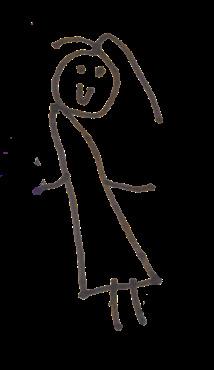
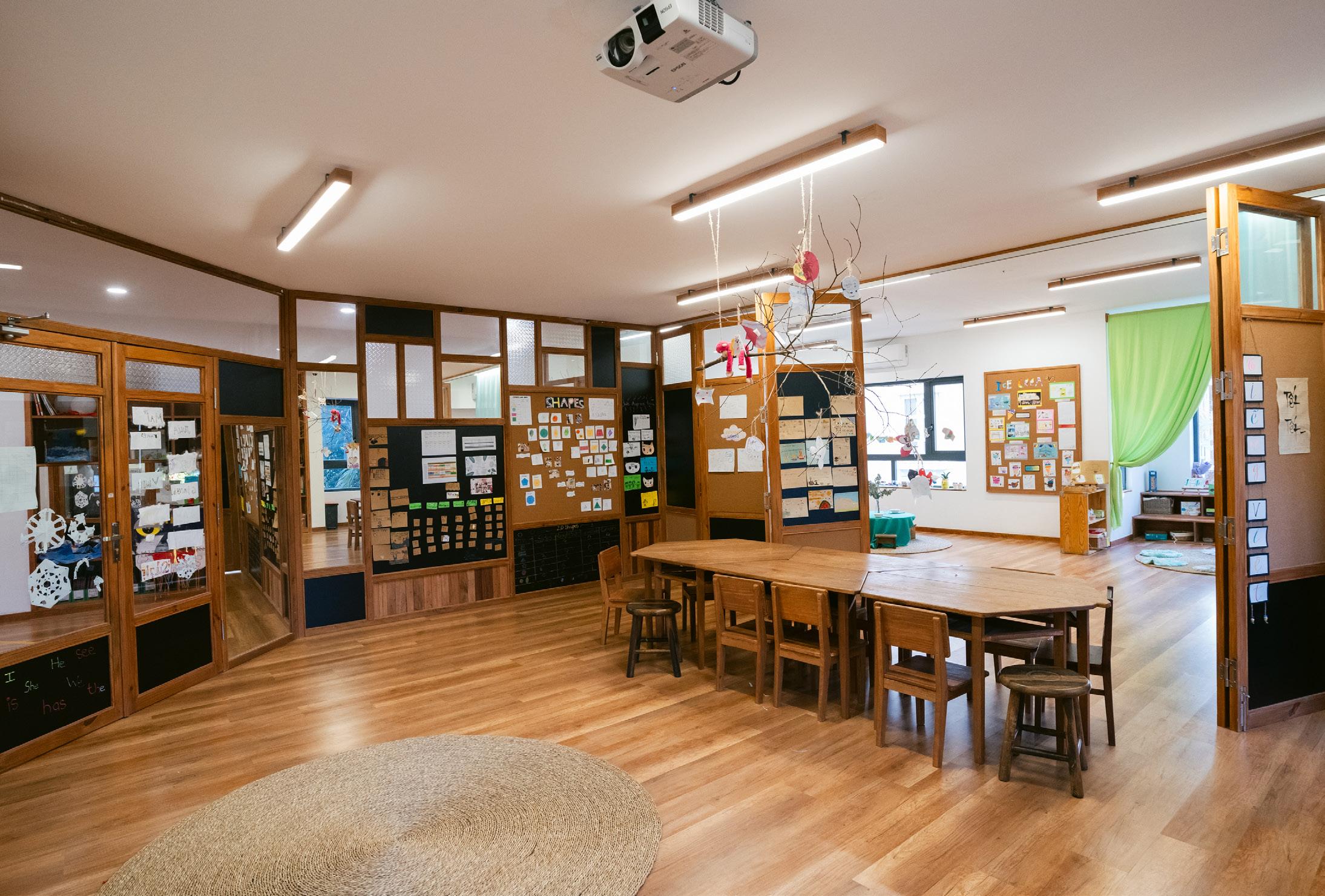
The New Zealand Curriculum
Tertiary
Exploration Thinking Thinking
Communication Using language, symbol and texts Using tools interactively
Well-being Managing self Acting autonomously
Confident Connected Actively involved
Lifelong learners
Contribution Relating to others Operating in social groups
Belonging
Participating and contributing Te Whariki
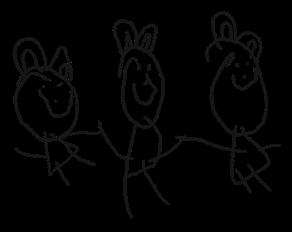

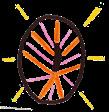







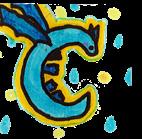








Prep Grade 1
Playful pedagogy with intentional teaching and researching co-constructing knowledge
Inquiry with structure, exploration and action
Literacy through story & symbol
Differentiated literacy through shared reading & writing workshops.
Assessments to help understand learners needs.
Numeracy through exploration
Atelier spaces
Social and emotional competencies
Numeracy, Measurement, Geometry, Algebra through exploration and problem-solving.
Learning Spaces and Ateliers
Self-management & agency
Specialist subjects: Art, Music, HPE, Language


Specialist subjects: HPE, Music, Art, Science, Language


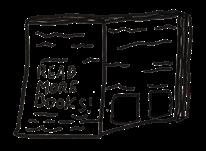
7:45-9:00 AM
9:00-9:30 AM
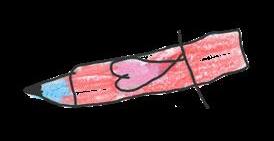
9:30-11:00 AM
11:30-11:45 AM
12:00-12:30 PM
12:30-1:00 PM
1:00-1:30 PM
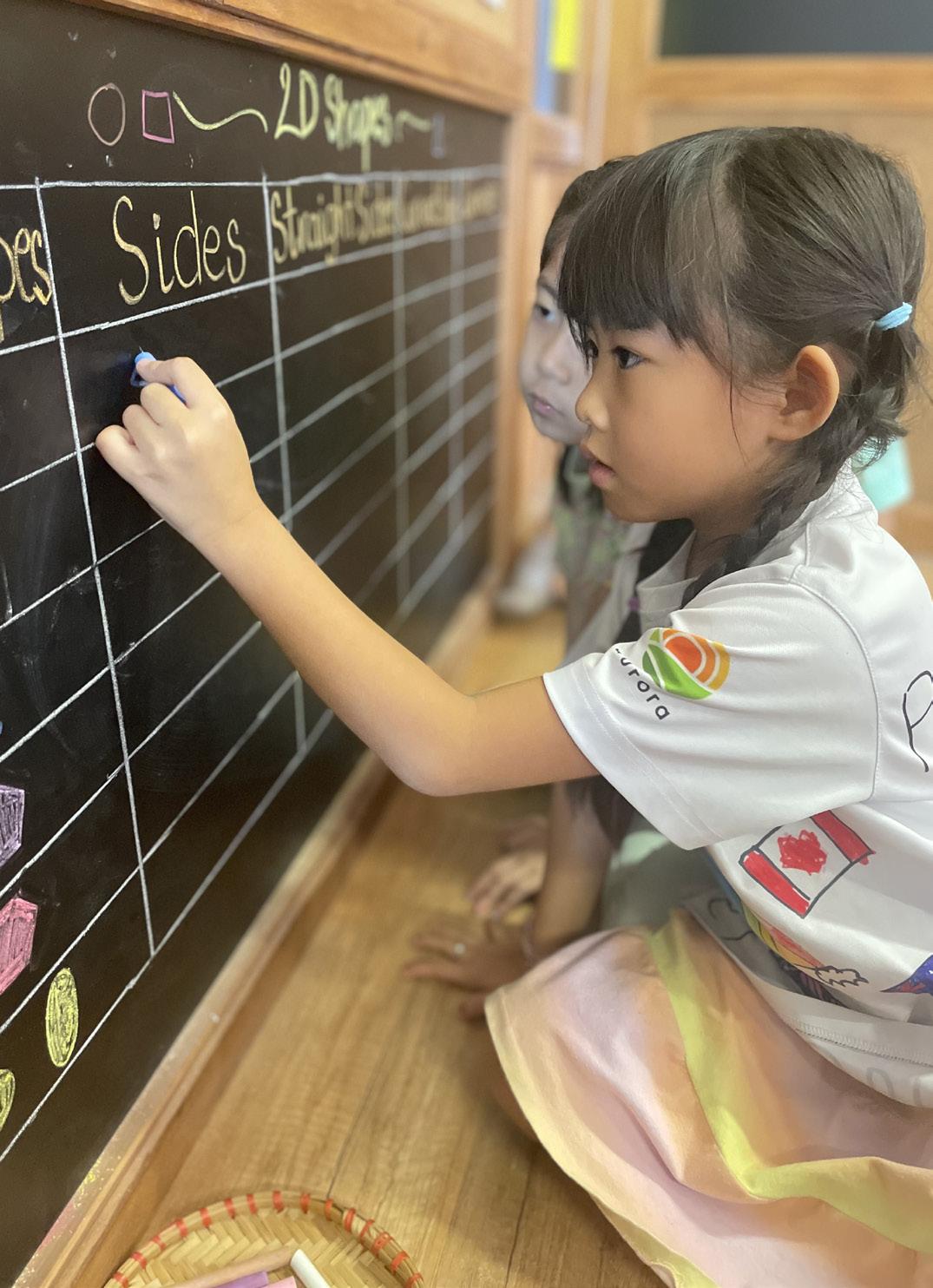
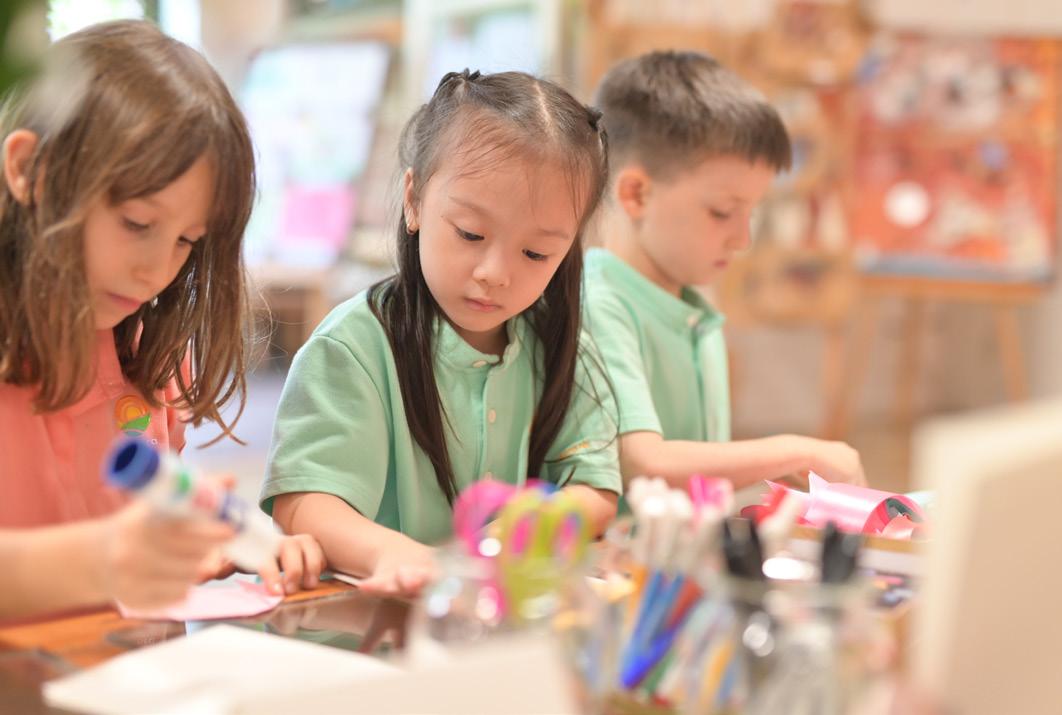
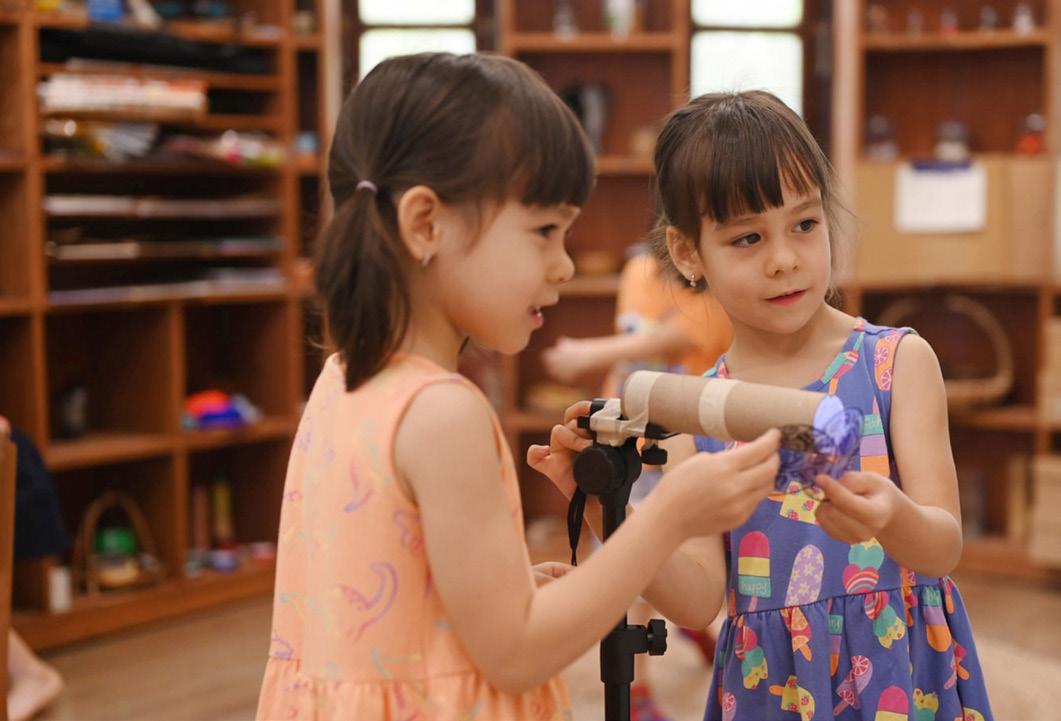
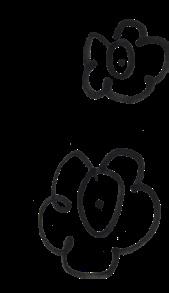
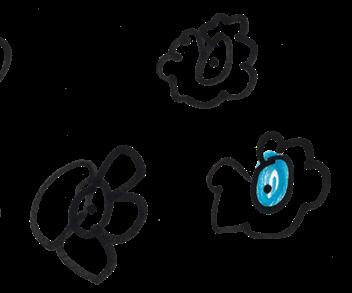


At Aurora, our curriculum is grounded in the New Zealand Curriculum and inspired by the Reggio Emilia Experience. We nurture curious, compassionate, and creative learners through meaningful, integrated experiences.
Students engage in inquiry-based learning across all subjects - English, Mathematics, Social Studies, Health & Physical Education, Integrated Science & STEM, Music, and Visual Arts —building deep understanding, critical thinking, and active citizenship.
Our approach honours student voice, agency, and collaboration, connecting learning to authentic, real-world contexts and developing confident, connected, and capable learners ready to thrive in a changing world.
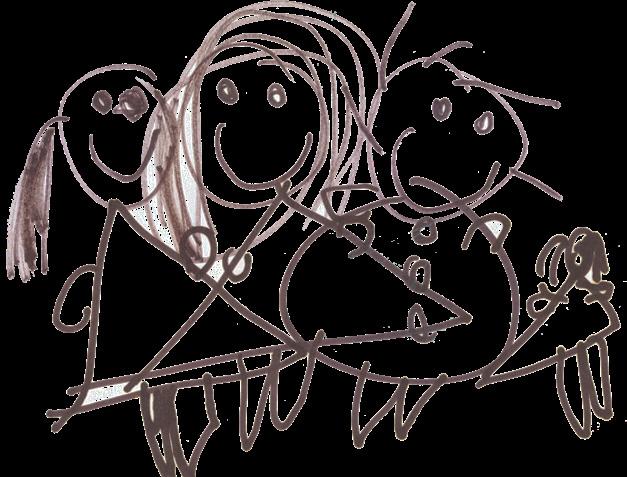
Term 1
Term 2
Listening, Reading, Viewing Speaking, Writing, Presenting
Listening, Reading, Viewing
Speaking, Writing, Presenting
Speaking and listening builds understanding
Reading and writing help us explore and share ideas.
Reading helps us learn.
How do we listen and share ideas?
Term 3
Listening, Reading, Viewing
Writing helps explain and inform. Stories help us experience the world and understand others
Speaking, Writing, Presenting
We can share our own stories through writing.
What do readers and writers do every day?
How do we understand what we read? How do we write to teach others? What makes a great story? How do writers plan and share stories?
Acquire and begin to use sources of information to make meaning.
Present ideas clearly through speech and writing.
Show some understanding of texts.
Listens and responds to stories and classmates.
Writes a story with a beginning, middle, and end.
Identifies main ideas and makes simple inferences.
Use written language to convey ideas and information.
Understand narrative structures.
Writes short explanations or reports with facts and labels.
Drama, Circle Time, Visual Art SS: Who We Are
Drama, Circle Time, Visual Art
Dibles, listening checklists
Writing samples, speaking rubrics
Library, Science SS: Our Place Library, Science
Comprehension checks
Report rubric
Term 4
Listening, Reading, Viewing
Language can be playful, patterned, and powerful.
Speaking, Writing, Presenting
We use words to express and perform.
How do authors play with words? How do we make our writing expressive?
Use oral and written language to tell a story. Recognise patterns and features in text. Write and perform for expression.
Retells known stories; identifies structure elements Creates original narrative with clear sequence.
Identifies rhyming words, similes, and alliteration.
Writes and performs original poems.
Drama, Art SS: Change Over Time
Story retelling rubrics
Drama, Art
Writing conference notes
Music, Movement SS: Traditions & Celebrations
Language feature checklist
Music, Movement Science
Poetry performance, writing rubric
Term Strand Focus Big Idea
Term 1
Term 2
Term 3 Number / Algebra
Measurement / Geometry Statistics / Algebra Numbers help us understand and describe the world.
We can measure and describe shapes and space.
Real-World Context / Interdisciplinary Opportunities
Counting and sorting school supplies, daily routines, classroom economy
Achievement Objectives (NZC)
Use simple additive strategies with whole numbers.
Example Indicators Assessment
Orders numbers 1–100; explains one-more/oneless relationships.
Observations, basic quizzes
Term 4 Number / Measurement
We collect and use data to answer questions
Measure plants in a garden project, use shapes to make class maps Class surveys and graphing, linking to science inquiry topics
Measure length, mass, and time using non-standard and standard units.
Investigate simple data displays and patterns.
Estimates and measures using informal units; describes shapes around them. Makes bar graphs; explains patterns in a visual sequence.
Practical activities, checklists
Data journals, visual presentations
We use numbers and measurement to plan and solve problems.
Cooking and recipe math, classroom events like a mini market or picnic planning
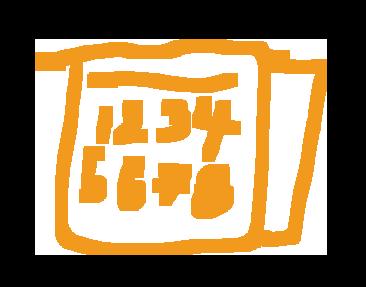
Use simple strategies to add/subtract; compare lengths/times/costs.
Solves word problems using real contexts.
Project rubric, peer reflection
Term 1
Term 2 Who We Are Our Place
Our identity is shaped by our relationships and environment. Communities are made of people, places, and routines.
Who am I? What makes me unique? How do I belong to my community? What makes a place special? How do we take care of it?
Understand how belonging to groups is important for people.
Describes their role in groups; expresses what makes them feel part of a group.
Literacy, Visual Art, HPE
Term 3 Change Over Time Families and communities change over time.
What changes and what stays the same?
Understand how places influence people and are influenced by people.
Identifies key features of a place and how it is used; explains how people care for it.
Understand how the past is important to people.
Term 4 Celebrations & Traditions Cultures express identity through traditions.
Why do we celebrate? What traditions do we have?
Understand how people celebrate and express cultural identity.
Talks about differences between past and present; shares family stories.
Science (plants), Technology
Student journals, discussion, drawings Group projects, reflective writing
Art (family trees), Library (history stories)
Timelines, oral storytelling
Describes familiar traditions; participates in cultural sharing activities.

Music, Languages Performance, shared presentation
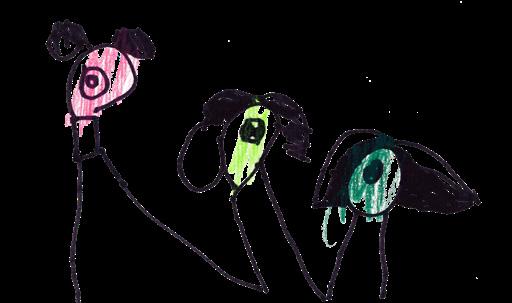
Term Conceptual Strand Big Idea
Term 1 Physical World Things move in different ways.
Key Science Focus
Pushes and pulls, motion, basic forces.
Integrated STEM Application
Design and test a toy vehicle or marble run.
Key Skills
Predicting, observing, measuring, building.
Mathematics Connections
Number strategies, patterns, and basic operations (counting trials, speed)
Assessment Example
Vehicle test: distance & motion journaling
Term 2 Living World Living things have needs to survive.
Plants, animals, habitats Build a mini-garden or sustainable habitat.
Term 3 Material World Materials can be described and changed.
Properties of materials, temperature effects
Test insulators or build a basic oven
Inquiry, sorting, design thinking
Term 4 Planet Earth & Beyond Weather changes how we live and prepare.
Weather patterns, seasons, sun/moon cycles
Create a weather tracker or forecast too
Compaing, classifying, experimenting
Measurement: length/time (growth tracking); shape symmetry (garden design)
Statistics and graphing of temperature changes; number facts for results
Design journal and observation sketchbook
Insulation challenge: keep the ice from melting
Data collection, coding, communication

Geometry and direction (weather charts); problem-solving with number

Daily weather journal and student-made report (poster or video)
Term Theme Big Idea
Swimming Skills
Personal Health & Development
Movement Concepts & Motor Skills
Healthy Communities & Environments RSE Focus Assessment Examples Relationships with Others
Term 1 Knowing Me Knowing our bodies and feelings helps us understand ourselves. Water confidence, submersion, safe entry
Term 2 Playing Fair We learn how to play fairly and work with others. Kicking, floating, introduction to strokes
Naming body parts, self-care habits
Spatial awareness, locomotor skills
Naming emotions, managing feelings
Taking turns, hygiene, fair play Cooperative games, following rules
Kindness, empthy, conflict resolution
Keeping safe in school & playgrounds
Respecting privacy, naming body parts
Self-portrait with body labels, feelings journal
Term 3 Strong and Safe Being strong means making healthy and safe choices.
Treading water, assisted float, water safety
Term 4 Growing Together Friendship and teamwork help us feel connected and thrive. Freestyle basics, breathing, floating routines
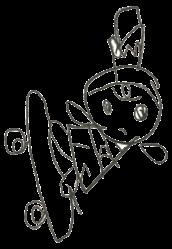
Nutrition basics, sun safety
Obstacle courses, coordination
Asking for help, using assertive voice
Class rules, group games, fairness
Consent in play, kindness Group games reflection, class charter
Healthy routines, recognising growth
Throwing, catching, group relays
Positive talk, inclusive behaviour
Personal and poolside safety
Trusted adults, body safety
Safety posters, role play scenarios
Helping others, peer support
Respect in friendships
Buddy journal, teamwork games report
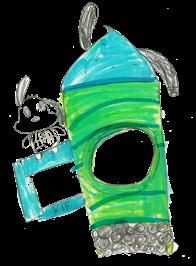
Term Unit
Term 1
Term 2 Marks and Moods Lines and colours can express how we feel.
Term 3 Celebrating Mid-Autumn Tet Creations Art reflects culture and seasonal celebrations.
Art connects people during shared traditions like Tet.
Term 4 Art and Sound Sounds and movement can inspire the way we create.
Vietnamese Culture, Music (festival songs)
Pattern, cutting, decorative design
Lantern-making, gallery walk with family invitations
Music (mood, rhythm), Wellbeing
Line, colour mixing, expression
Mood paintings, colour reflection discussion
Vietnamese Studies, Performing Arts
Collage, calligraphy, symbolic forms
Tet cards, class display of symbolic artwork
Music (dynamics, tempo), PE (movement)
Mixed media, texture, shape
Sound-inspired artwork, partner feedback session


Term
Term 1
Term 2
Term 3 Beat in Our Bodies
Songs from Our Place
Rhythm is everywhere –even in our own bodies.
PE (movement), SS (family rhythms)
Pulse, body percussion, call-response
Rhythm games, movement patterns
Music and Story
Songs tell stories about who we are and where we live. Music brings stories to life.
SS (identity, local traditions)
Pitch, expressive singing, group work
Class songbook, reflective drawing with lyrics
English (storybook connection)
Dynamics, tempo, instrumentation
Soundscapes, performance with narration
Term 4 Celebrate with Sound Music helps us celebrate together.
Performing Arts, Festivals
Ensemble skills, melody, timbre
Class performance, festival preparation

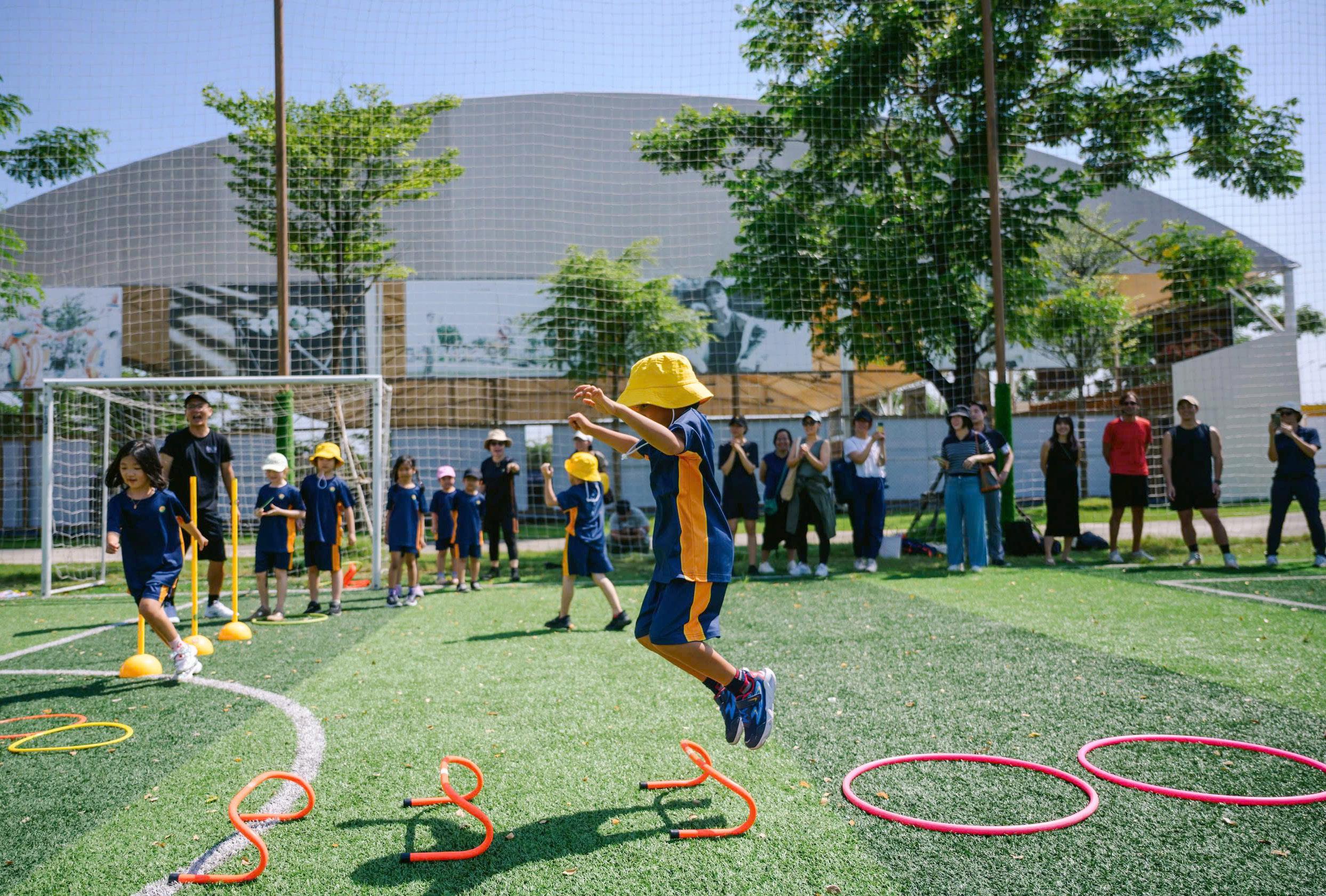


“Learning is the key factor on which a new way of teaching should be based, becoming a complementary resource to the child and offering multiple options, suggestive ideas, and sources of support. Learning and teaching should not stand on opposite banks and just watch the river flow by; instead, they should embark together on a journey down the water. Through an active, reciprocal exchange, teaching can strengthen learning how to learn.”
Loris Malaaguzzi
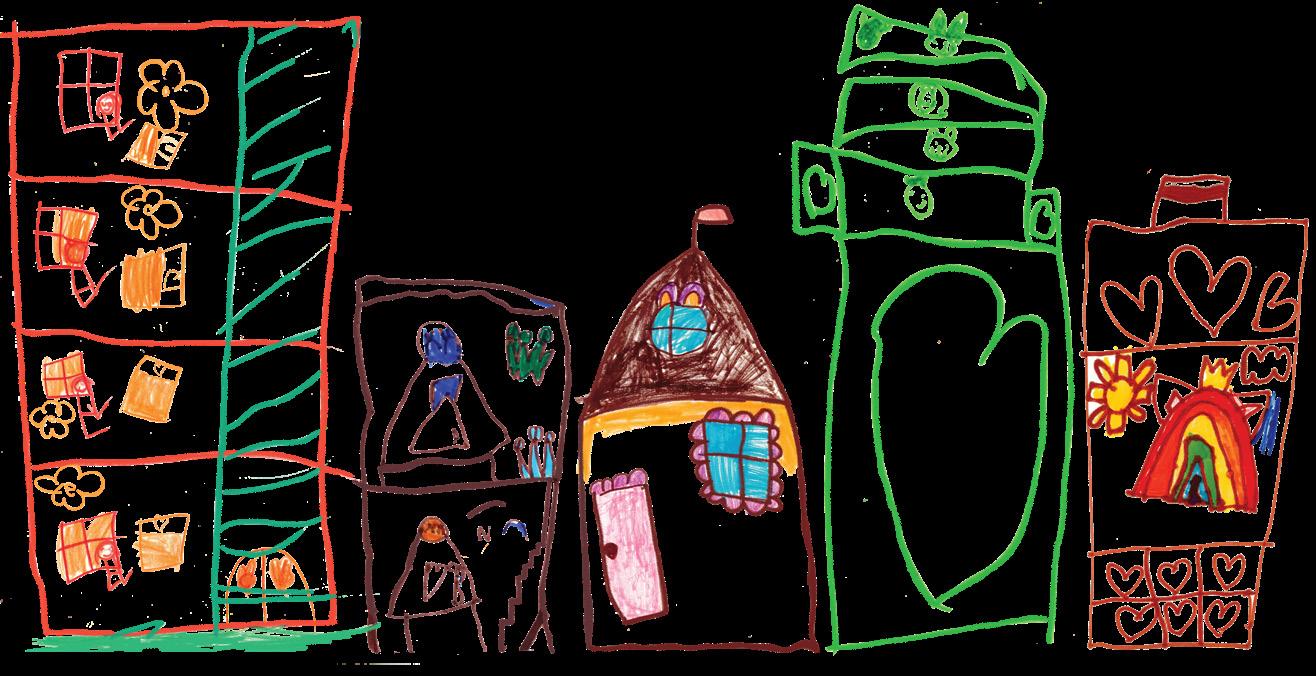
11 - 11A - 13 - 15 - 15A Tran Ngoc Dien Street, An Khanh Ward, Ho Chi Minh City, Vietnam.
+84 (028) 3744 2991 | info@auroraschool.vn | www.auroraschool.vn